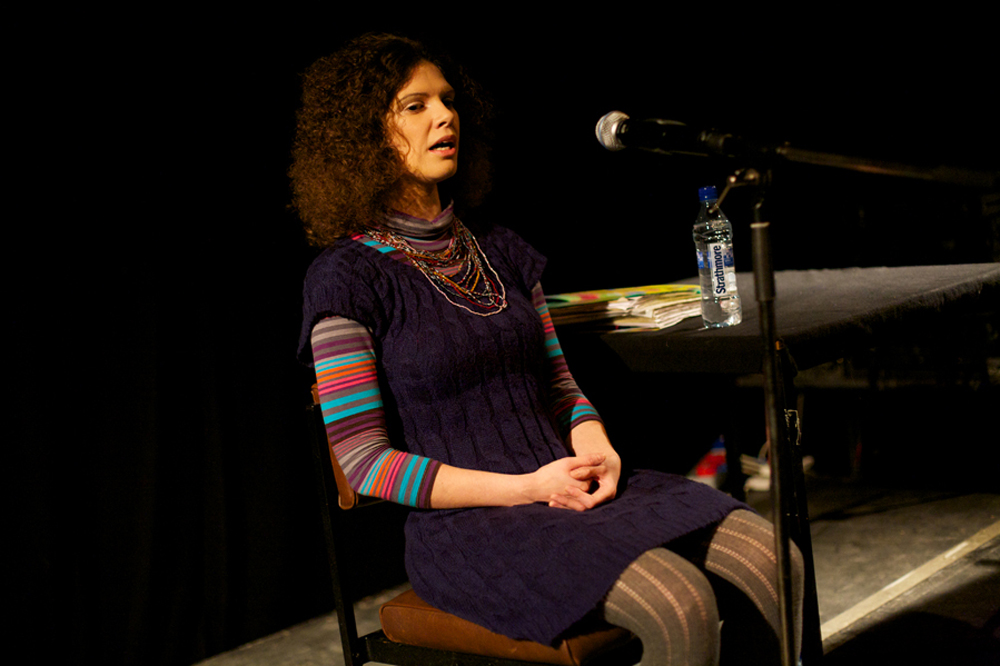
Steven Anderson
Steven Anderson
Three short performances involving social exchange (jumpers, hats, glasses…) and singing (ballads)
Arika have been creating events since 2001. The Archive is space to share the documentation of our work, over 600 events from the past 20 years. Browse the archive by event, artists and collections, explore using theme pairs, or use the index for a comprehensive overview.

Three short performances involving social exchange (jumpers, hats, glasses…) and singing (ballads)
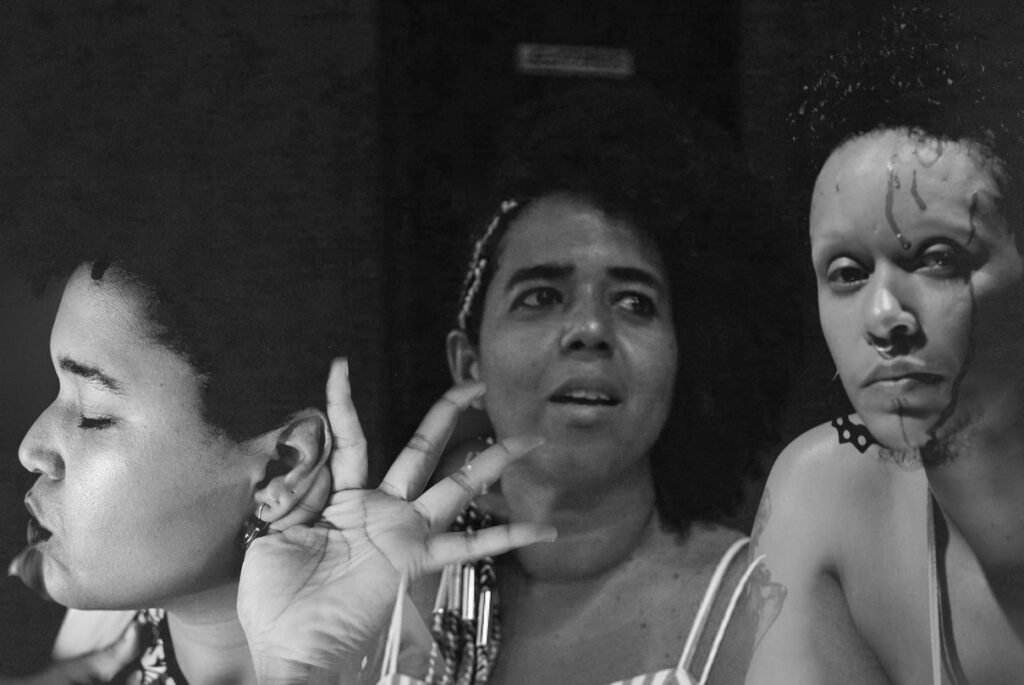

Complexly interacting colossal drones by the creator of some of the most legendary yet least heard music of the 70’s.
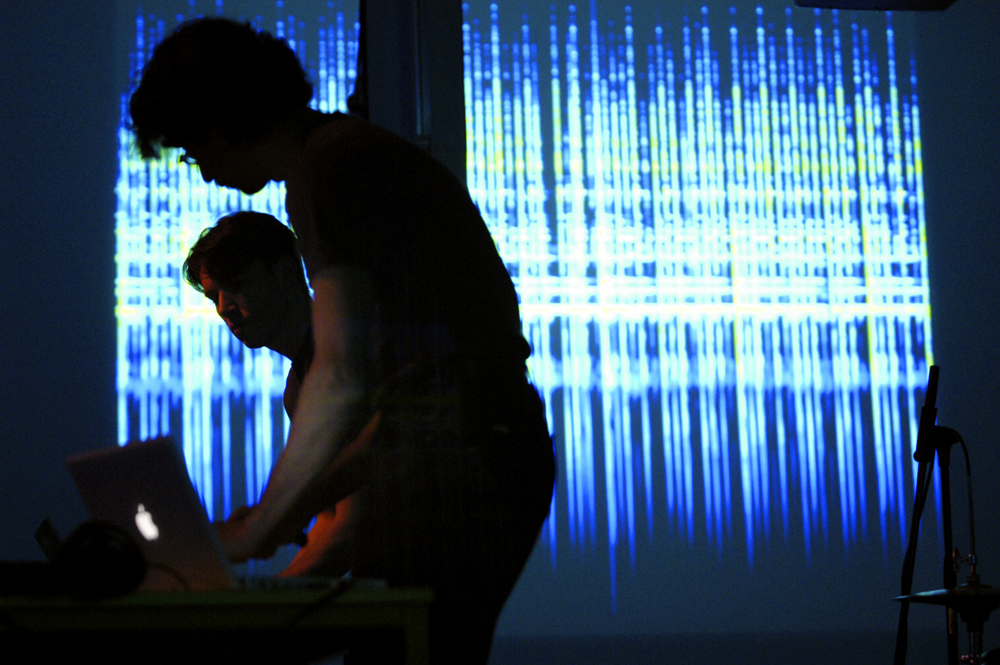
Live ISDN drone performance resonating between Dundee and an empty Montreal Grain Silo.
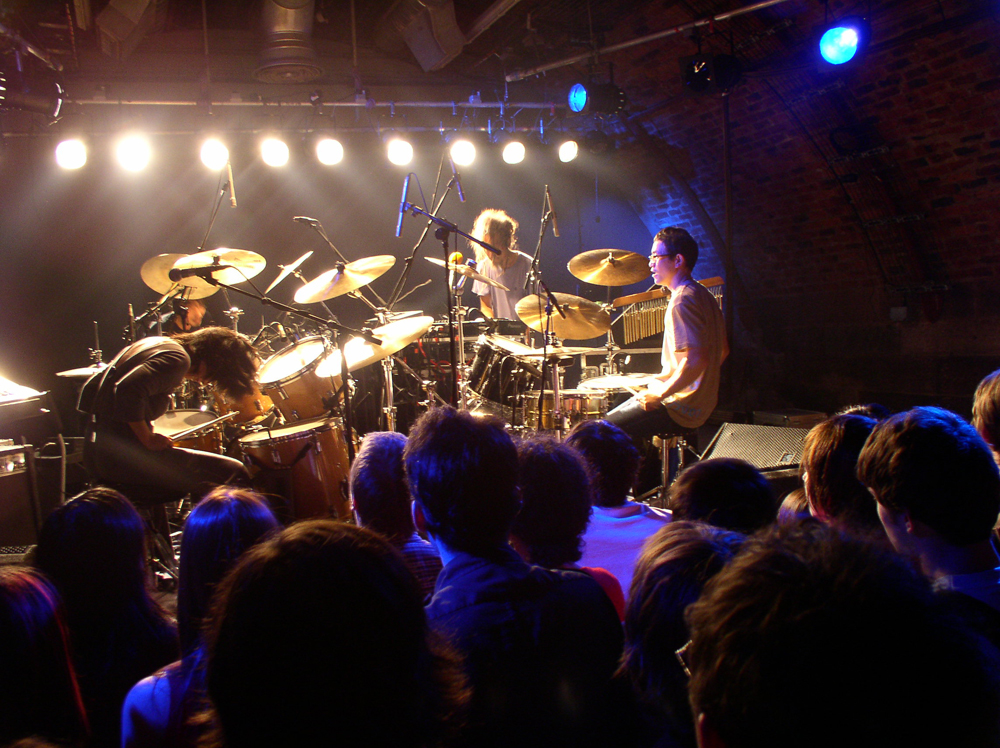
Rare UK performance by legendary Japanese post punk group during their 4 drummers + synth / vocals phase.
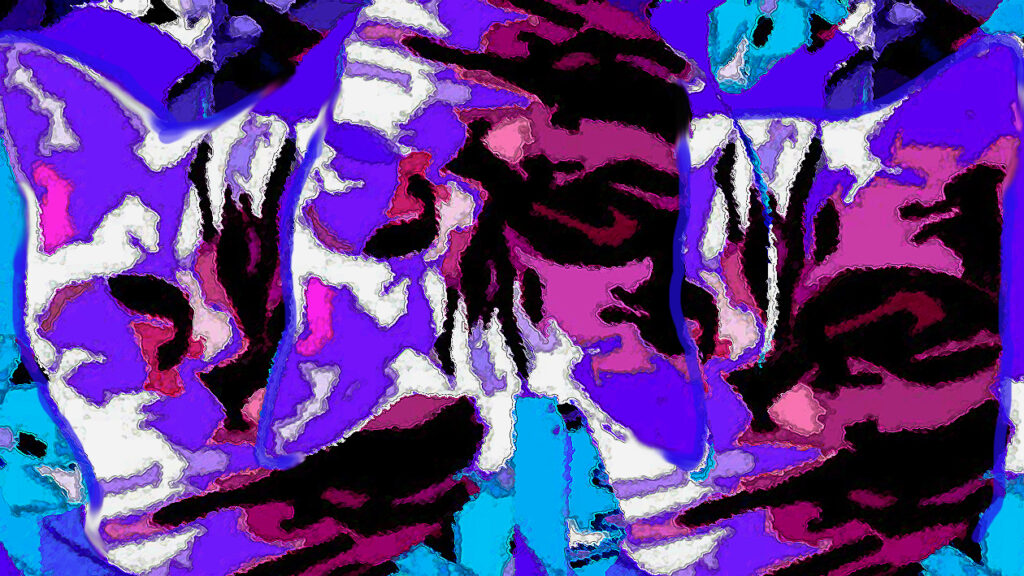
Summer Solstice hang out IRL and URL on 21 June
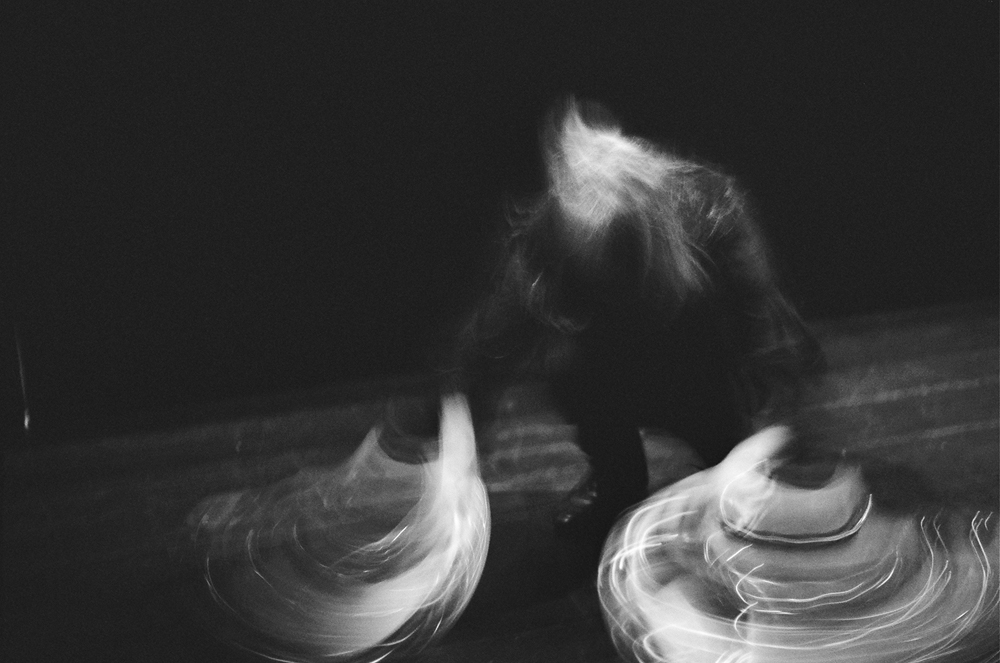
Haino exceeds expectation with a 4 hour solo performance on a collection of more than forty instruments from all over the world.
A talk entitled ‘The Conquest of the Universe’: which delves into the connections between the underground filmmakers and musicians in New York in the early 1960s
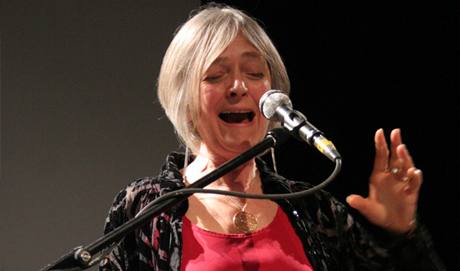
Joan La Barbara presents works exploring the colour spectrum of a single pitch resonating in her skull, an evocation of bird song and circular singing.
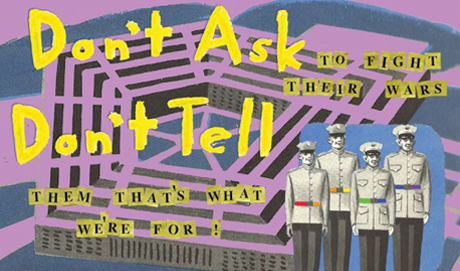
What does it mean to resist seeking assimilation or inclusion within, or let our demands be co-opted by the very systems we seek to dismantle?
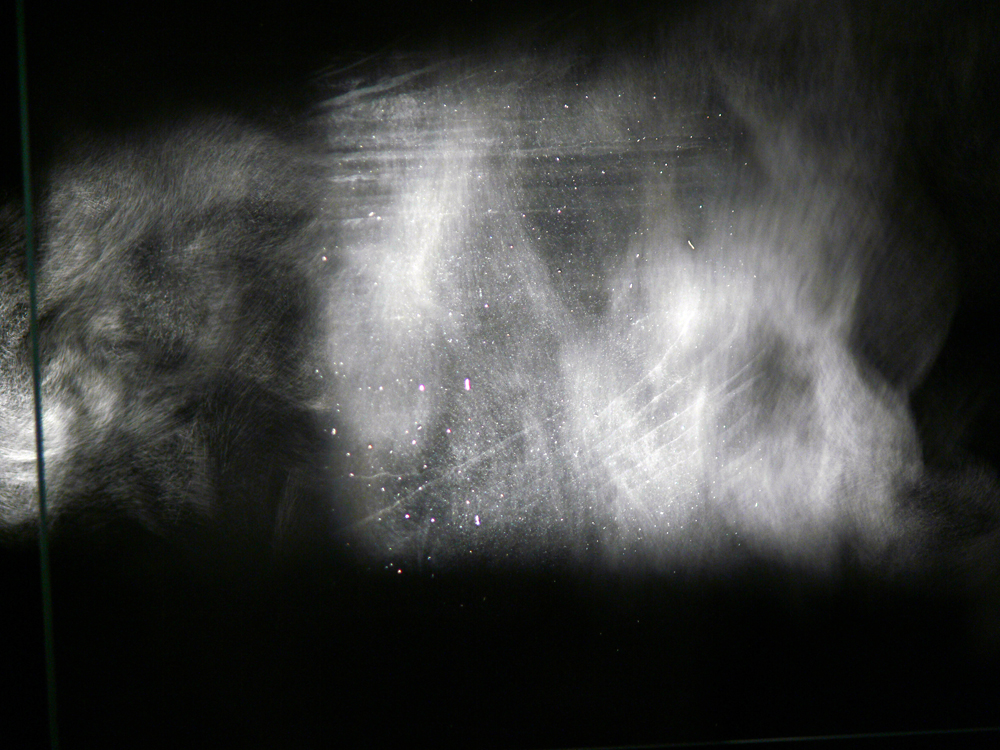
A collaborative performance where sound and image are created, performed and mediated by light, water and glass.
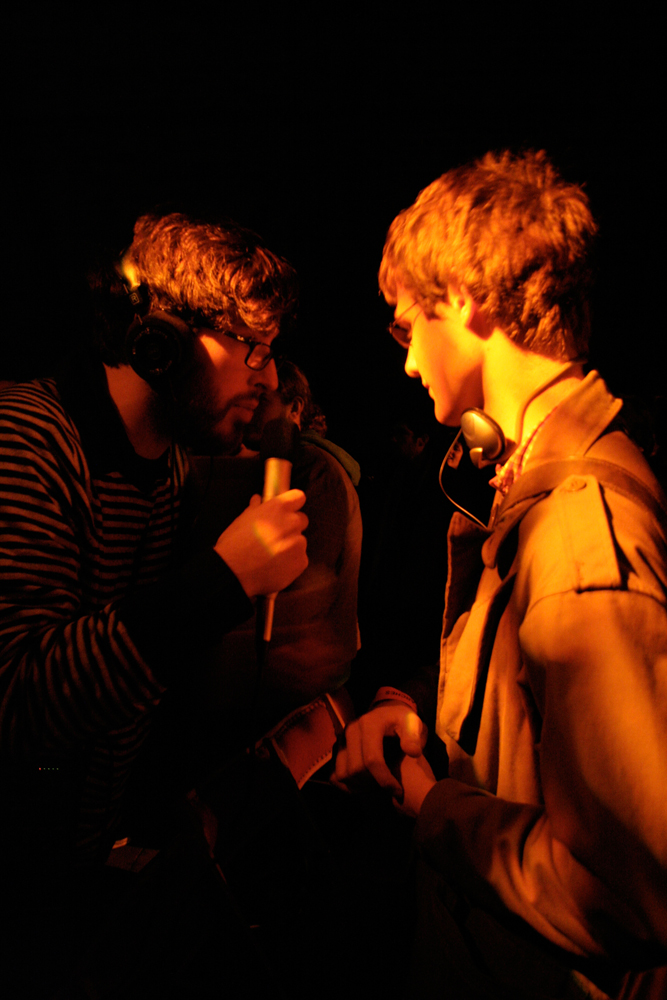
Jarrod Fowler creates a social space where layered one-to-one live encounters with the audience become sonic material.